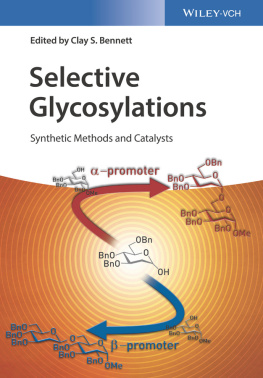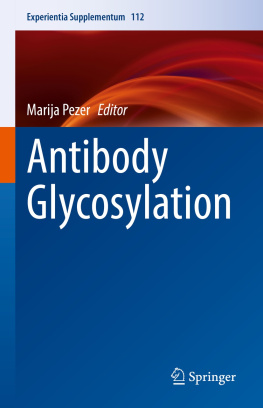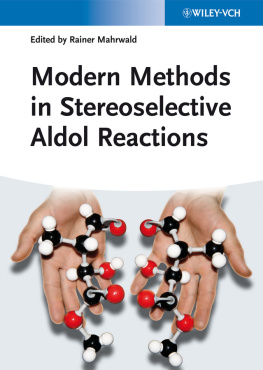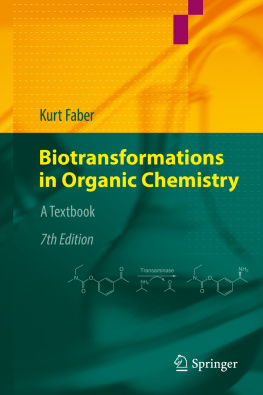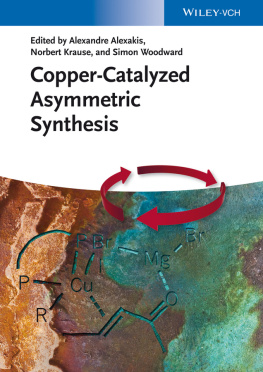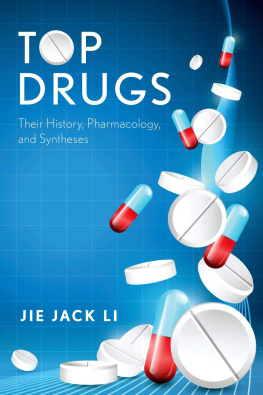Clay S. Bennett - Selective Glycosylations: Synthetic Methods and Catalysts
Here you can read online Clay S. Bennett - Selective Glycosylations: Synthetic Methods and Catalysts full text of the book (entire story) in english for free. Download pdf and epub, get meaning, cover and reviews about this ebook. year: 2017, publisher: Wiley-VCH, genre: Romance novel. Description of the work, (preface) as well as reviews are available. Best literature library LitArk.com created for fans of good reading and offers a wide selection of genres:
Romance novel
Science fiction
Adventure
Detective
Science
History
Home and family
Prose
Art
Politics
Computer
Non-fiction
Religion
Business
Children
Humor
Choose a favorite category and find really read worthwhile books. Enjoy immersion in the world of imagination, feel the emotions of the characters or learn something new for yourself, make an fascinating discovery.
- Book:Selective Glycosylations: Synthetic Methods and Catalysts
- Author:
- Publisher:Wiley-VCH
- Genre:
- Year:2017
- Rating:5 / 5
- Favourites:Add to favourites
- Your mark:
Selective Glycosylations: Synthetic Methods and Catalysts: summary, description and annotation
We offer to read an annotation, description, summary or preface (depends on what the author of the book "Selective Glycosylations: Synthetic Methods and Catalysts" wrote himself). If you haven't found the necessary information about the book — write in the comments, we will try to find it.
Clearly divided into five sections, the first describes recent advances in classical methodologies in carbohydrate chemistry, while the second goes on to deal with newer chemistries developed to control selectivity in glycosylation reactions. Section three is devoted to selective glycosylation reactions that rely on the use of catalytic promoters. Section four describes modern approaches for controlling regioselectivity in carbohydrate synthesis. The final section focuses on new developments in the construction of unusual sugars and is rounded off by a presentation of modern procedures for the construction of glycosylated natural products.
By providing the latest advances in glycosylation as well as information on mechanistic aspects of the reaction, this is an invaluable reference for both specialists and beginners in this booming interdisciplinary field that includes carbohydrate chemistry, organic synthesis, catalysis, and biochemistry.
Clay S. Bennett: author's other books
Who wrote Selective Glycosylations: Synthetic Methods and Catalysts? Find out the surname, the name of the author of the book and a list of all author's works by series.

